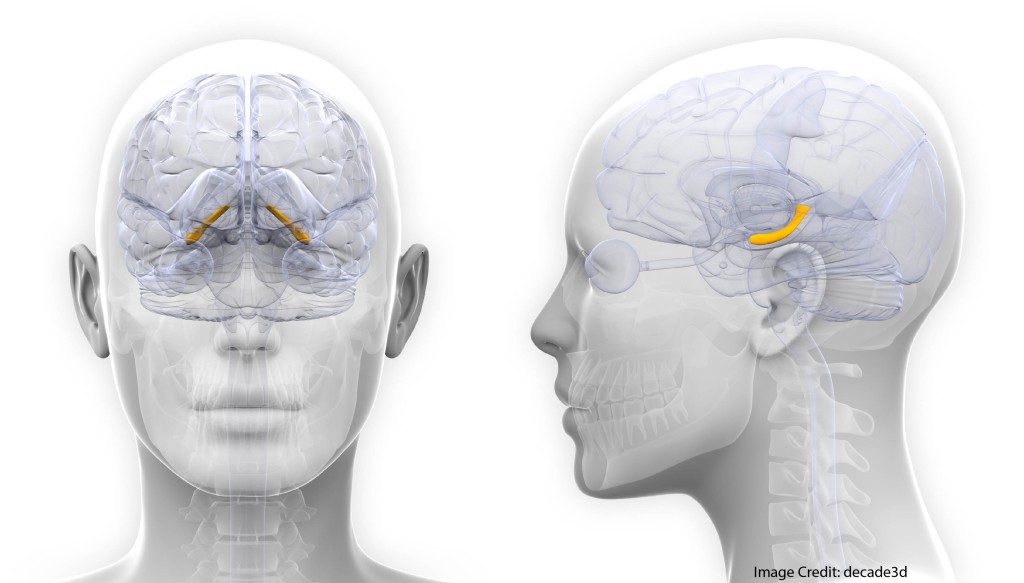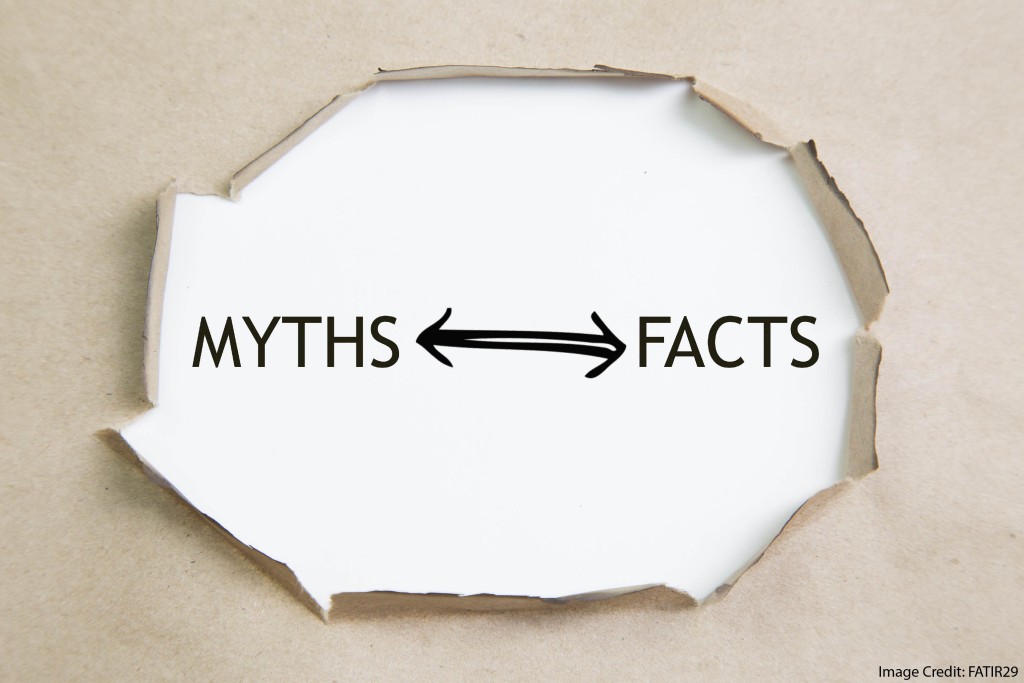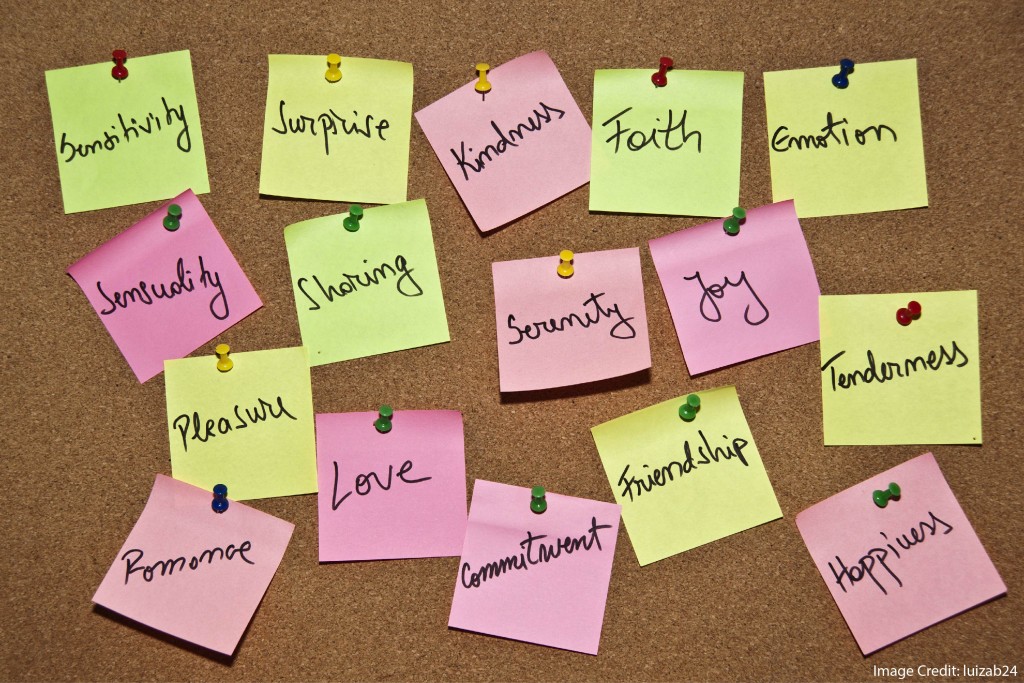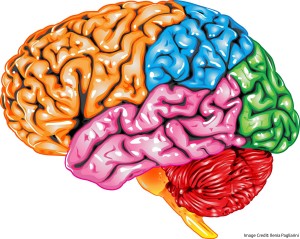Two articles jumped out at me today because of the illustrative way they clash with each other.
Writing on Twitter, and providing helpful links to several sources, Adam Grant argues that “Differences between Men and Women are Vastly Exaggerated.”
Whereas Neuroscience News published a summary of a recent research study (by Daniel Amen) with the headline “Women Have More Active Brains Than Men.”
So, which is it? Are differences between the sexes exaggerated? Or do male and female brains operate very differently?
Let’s use three lenses to look at that question.
The First Lens: Discipline
Oversimplifying for the sake of clarity, we can say that neuroscience studies brains–that is, physical objects. It looks at neurons and blood flow and neurotransmitters and electrical energy. Things.
Psychology studies the behavior of brains–that is, what people do with those physical objects. It looks at a student’s ability to remember, or an athlete’s ability to concentrate, or an adult’s ability to learn a new language. Behaviors.
Obviously, both neuroscience and psychology are fascinating. But, which discipline is more useful?
Of course, the answer to that question depends on your definition of “useful.”
I myself think that teachers benefit from learning about the behavior of brains (that is, psychology) more than we do from learning about brains as objects (that is, neuroscience).
For example, if I tell you how brains change physically when long-term memories form, that information is interesting. (In fact, I often share this information when I talk with teachers.)
But, if I tell you what kind of teaching behavior makes long-term memory formation more likely, that information is really useful.
For this reason, I think Grant’s summary–which focuses on psychology–is likely to be more useful than the Amen study–which focuses on neuroscience.
For example: Grant’s summary looks at anti-stereotype-threat strategies that combat gender differences in college majors or professions. Teachers can do something with this information.
The Amen study, on the other hand, tells us about different levels of brain activity as measured by Single Photon Emission Computed Tomography (SPECT). I don’t know exactly what SPECT is, and I certainly don’t know how I would teach differently given this information.
So for me, again, neuroscience is fascinating, and psychology is useful.
(To be clear, I have several colleagues–whose judgment I highly respect–who disagree with me strongly on this point; that is, they think the neuroscience is just as important for teachers as the psychology. So, if you think I’m wrong, you’re not the only one.)
The Second Lens: The Population Being Studied
Whenever you use brain research to help your teaching, you should focus on the participants in the study. The more the participants resemble your own students, the likelier it is that the research findings will benefit your students.
So, if you find a study that says three repetitions of a practice exercise benefits long-term memory, that study might be very helpful. But: if the participants in the study were college students at an elite university, and you teach 1st graders who are already struggling with formal education, the study might not mean much to you.
After all, your students differ from those in the study so substantially that there’s no way to be sure the conclusions apply to your teaching context.
Grant’s research summary chooses several very large analyses. When he looks at (very small) gender differences in math scores, for example, his source draws on almost 4,000 studies. It seems likely that such broadly supported research will apply to my students too.
Amen’s study looks at a very large population–almost 27,000 people. However, and this is a big however, all but 119 of those people were suffering from “a variety of psychiatric conditions such as brain trauma, bipolar disorders, mood disorders, schizophrenia/psychotic disorders, and attention deficit hyperactivity disorder (ADHD).”
For obvious reasons, it’s hard to draw conclusions about neurotypical brains by studying aneurotypical brains.
So, again, because the Grant summary includes students like mine, and the Amen study doesn’t, I’m likelier to benefit from Grant’s conclusions.
(By the way, it’s entirely possible that your students seem more like Amen’s participants than those included in Gran’s summary–in which case, you may be more swayed by Amen’s findings.)
The Third Lens: Biases
In the world of science, “bias” isn’t necessarily a bad thing. All analysis–including yours, including mine–includes bias. Our goal should not be to eliminate bias (we can’t), but to recognize it in ourselves and others, and to do the best we can to look for countervailing biases.
So, let me be up front with you: my bias is, I’m usually skeptical about strong claims of gender difference in education. This skepticism has many sources–but, no matter how good those sources are, you should know that I’m not an impartial author delivering truth from on high.
I am, instead, someone who rarely finds evidence of gender difference in education persuasive…and (surprise!) my post has twice concluded that the “gender makes little difference in education” article is more useful and persuasive than the “there are big gender differences in brains” article.
Now that you know my bias, you should a) look for people with the opposite bias, and see if you find their arguments more persuasive than these, and b) recognize your own biases, and do your best to counterbalance them.
After all, one thing is certainly true about male and female brains: we’re all faster to believe ideas that support our own prior conclusions.
——————————————
Two final notes:
First, my thanks to Stephanie Sasse (prior editor of this blog) and Maya Bialik (former writer for this blog) for their idea of “lenses” as a way to analyse brain research.
Second, brain research generally hasn’t come to grips with people who fall outside a male/female gender dichotomy. Our understanding of gender and learning will be stronger and more useful when it does.




















